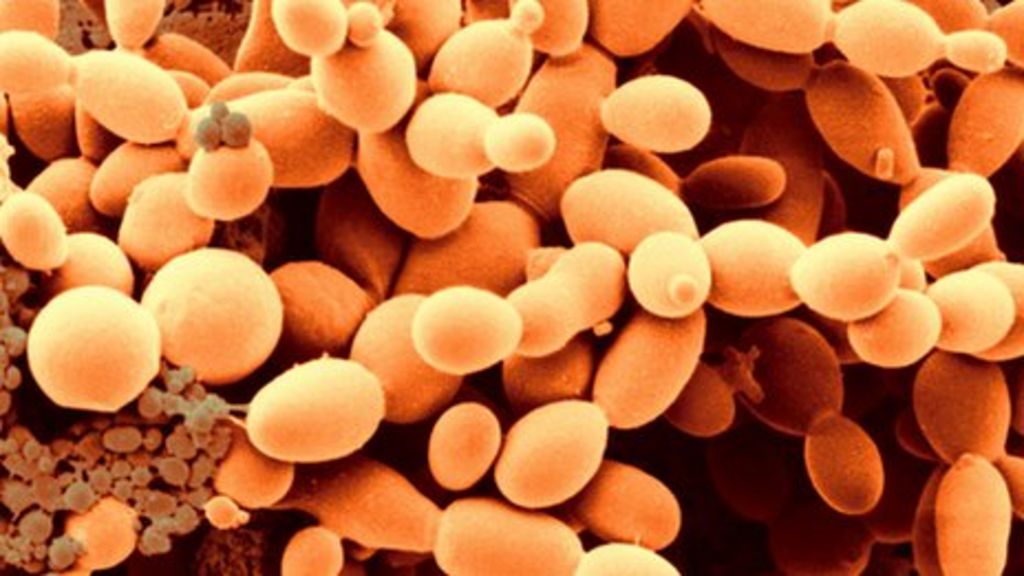 |
| http://paymoreeatless.blogspot.com/p/food-safety.html |
 |
| http://www.livescience.com/51641-bacteria.html |
 |
| http://time.com/14705/giant-virus-in-permafrost/ |
 |
| http://americanholidayaccommodation.com/treatments-for-yeast-infection/ |
 |
| http://paymoreeatless.blogspot.com/p/food-safety.html |
 |
| http://www.livescience.com/51641-bacteria.html |
 |
| http://time.com/14705/giant-virus-in-permafrost/ |
 |
| http://americanholidayaccommodation.com/treatments-for-yeast-infection/ |